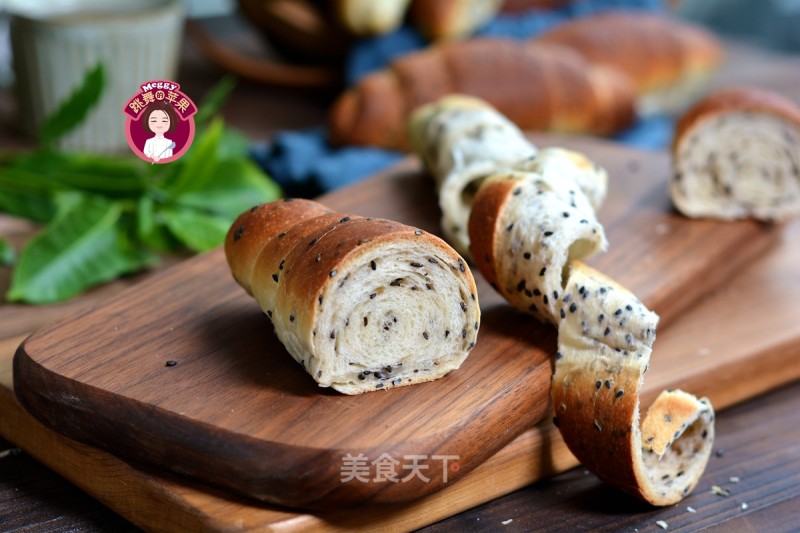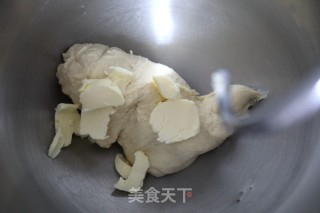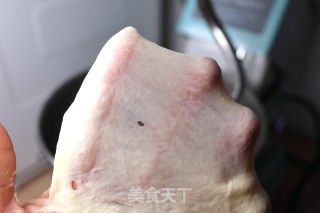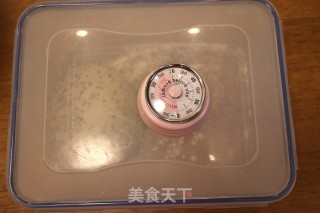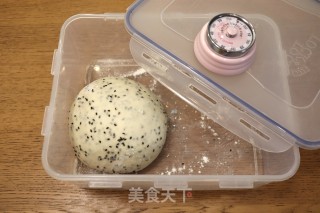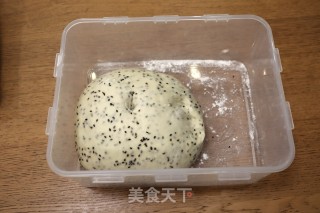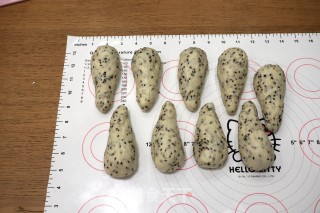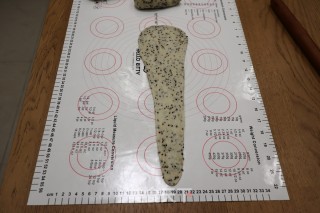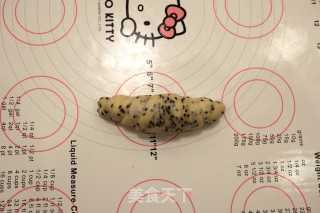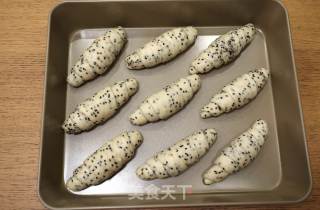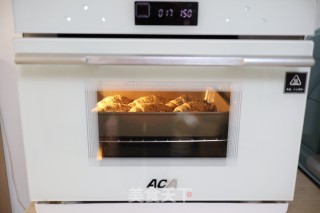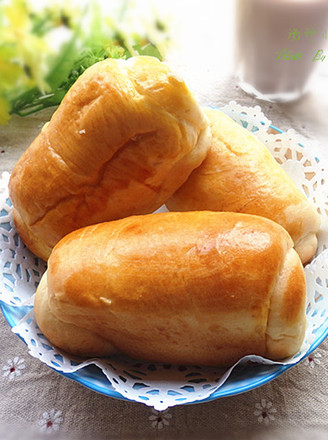Black Sesame Croissant
by meggy dancing apple
Favorite
Difficulty
Normal
Time
2h
Serving
2
It has become the norm to make your own bread. Bake it in one oven every three days, and the fragrance smells all over the house. In addition to the satisfaction of the taste, there is a lot of sense of accomplishment.
To make your own bread, you can adjust the recipe according to the tastes of your family, and you can also use some of the miscellaneous grains at home. The biggest advantage is that you can make soft and fluffy bread with simple ingredients, making those messy. Keep the flour improver far away from us, we are going to eat solid and good bread.
Ordinary bread is better than steamed bread. In addition to the extra sugar and butter, the main reason is that high-gluten flour with a protein content of more than 13% is used. When the dough is kneaded until the gluten is formed, a transparent and elastic film can be held out with the palm of your hand. This kind of bread has a delicate, soft, and fluffy texture. It won’t fall off after a bite and a knife. Even if you tear it with your hands, you can tear out strips and strands. You can eat a large piece while having fun. Very enjoyable!
Today I will talk about the remedy through the private black sesame croissant. The cross-section of the toasted bread is circled and torn. The long brushed hair resembles the big waves of a girl's beautiful hair. It is fluffy and soft and chewy. It is really exciting to eat as a breakfast or snack. "
To make your own bread, you can adjust the recipe according to the tastes of your family, and you can also use some of the miscellaneous grains at home. The biggest advantage is that you can make soft and fluffy bread with simple ingredients, making those messy. Keep the flour improver far away from us, we are going to eat solid and good bread.
Ordinary bread is better than steamed bread. In addition to the extra sugar and butter, the main reason is that high-gluten flour with a protein content of more than 13% is used. When the dough is kneaded until the gluten is formed, a transparent and elastic film can be held out with the palm of your hand. This kind of bread has a delicate, soft, and fluffy texture. It won’t fall off after a bite and a knife. Even if you tear it with your hands, you can tear out strips and strands. You can eat a large piece while having fun. Very enjoyable!
Today I will talk about the remedy through the private black sesame croissant. The cross-section of the toasted bread is circled and torn. The long brushed hair resembles the big waves of a girl's beautiful hair. It is fluffy and soft and chewy. It is really exciting to eat as a breakfast or snack. "

